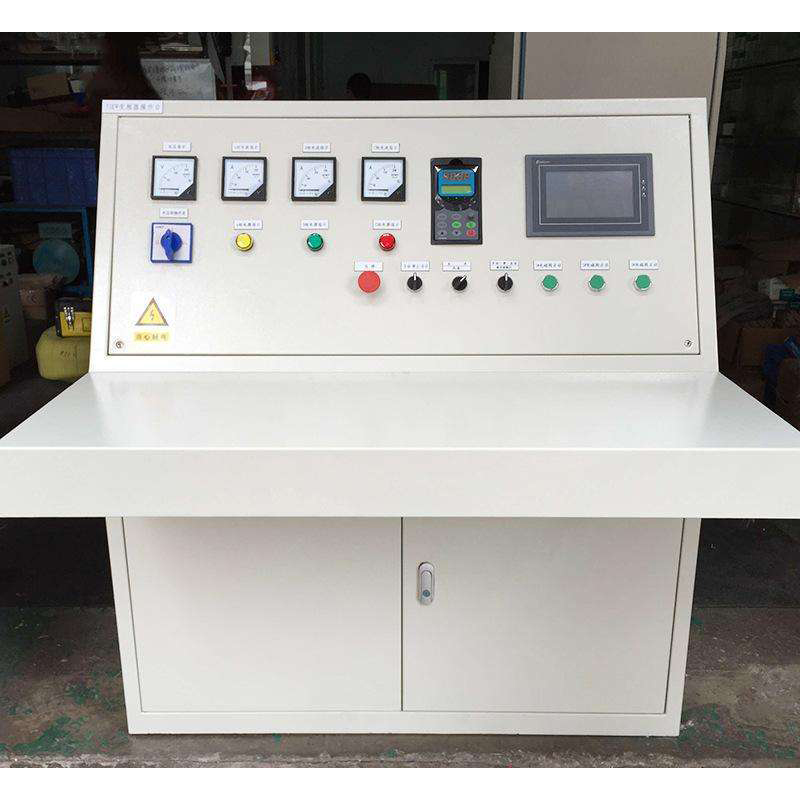
Dec . 28, 2024 16:03
Back to list
صمام الإغلاق
The Importance of Shut-Off Valves in Fluid Control Systems
Shut-off valves are essential components in various fluid control systems, serving a critical role in managing the flow and pressure of liquids and gases in pipelines. These valves are designed to completely stop the flow of fluids, providing a reliable and effective means of controlling and isolating sections of piping systems. This article explores the importance, types, functionality, and applications of shut-off valves.
Understanding Shut-Off Valves
Shut-off valves, as the name suggests, are used to shut off the flow of liquids or gases, halting production processes or ensuring safety in various systems. These valves are commonly utilized in domestic, commercial, and industrial applications and can be manually operated or automated for remote control. The primary function of a shut-off valve is to isolate sections of a system for maintenance, repair, or safety protocols, ensuring that the whole system remains operational while specific parts are serviced.
Types of Shut-Off Valves
There are several types of shut-off valves, each suitable for different applications and environments
1. Gate Valves These valves operate by lifting a wedge out of the path of the fluid. They are best used in applications where the valve is either fully open or fully closed, as they do not regulate flow efficiently in intermediate positions.
2. Ball Valves Featuring a spherical disc (the ball) that controls flow, ball valves offer minimal resistance to flow and are favored for their durability and quick operation. They are suitable for applications requiring tight sealing and are known for their longevity.
3. Globe Valves These valves are designed to regulate flow and pressure but can also serve as shut-off valves. They have a spherical body and are particularly effective in precise control applications.
4. Butterfly Valves These compact valves utilize a rotating disc to stop or start flow. They are often used in large-scale applications due to their lightweight, reduced pressure drop, and compact design.
5. Check Valves While not shut-off valves in the traditional sense, check valves prevent backflow, providing an essential safety feature in systems where reverse flow can cause damage.
صمام الإغلاق

Functionality of Shut-Off Valves
The operation of shut-off valves can be manual or automatic, depending on the system's complexity and requirements. Manual shut-off valves require physical intervention to operate, providing straightforward control for smaller systems. In contrast, automated shut-off valves integrate with control systems, allowing for remotely triggered operations based on specific conditions, such as pressure changes or flow rate variations. This automation enhances safety, efficiency, and reliability, particularly in hazardous environments.
Applications of Shut-Off Valves
Shut-off valves play a vital role in various sectors, including
- Water Supply Systems They are used to isolate sections of pipeline for maintenance and repairs without shutting down the entire network.
- Oil and Gas Industry Shut-off valves are crucial for controlling the flow of hydrocarbons and ensuring safety during processing and transportation.
- Chemical Processing In chemical plants, these valves help manage the transport of hazardous materials, ensuring that leaks can be quickly isolated.
- HVAC Systems Shut-off valves control fluid flow in heating and cooling systems, allowing for maintenance without disrupting the entire system.
- Food and Beverage Industry These valves ensure the safe transport of liquids while maintaining hygiene standards, preventing contamination during processing.
Conclusion
In summary, shut-off valves are indispensable elements in modern fluid control systems, providing safety, control, and operational efficiency. Their diverse applications span across numerous industries, from water supply to chemical manufacturing, underscoring their significance in maintaining the integrity of fluid systems. As technology continues to evolve, the design and functionality of shut-off valves will likely see enhancements, leading to even more effective solutions for fluid management challenges. Their critical role in both safety and performance cannot be overstated, and understanding their functionality ensures better implementation and operation within various industrial and domestic applications.
Latest news
-
Safety Valve Spring-Loaded Design Overpressure ProtectionNewsJul.25,2025
-
Precision Voltage Regulator AC5 Accuracy Grade PerformanceNewsJul.25,2025
-
Natural Gas Pressure Regulating Skid Industrial Pipeline ApplicationsNewsJul.25,2025
-
Natural Gas Filter Stainless Steel Mesh Element DesignNewsJul.25,2025
-
Gas Pressure Regulator Valve Direct-Acting Spring-Loaded DesignNewsJul.25,2025
-
Decompression Equipment Multi-Stage Heat Exchange System DesignNewsJul.25,2025

